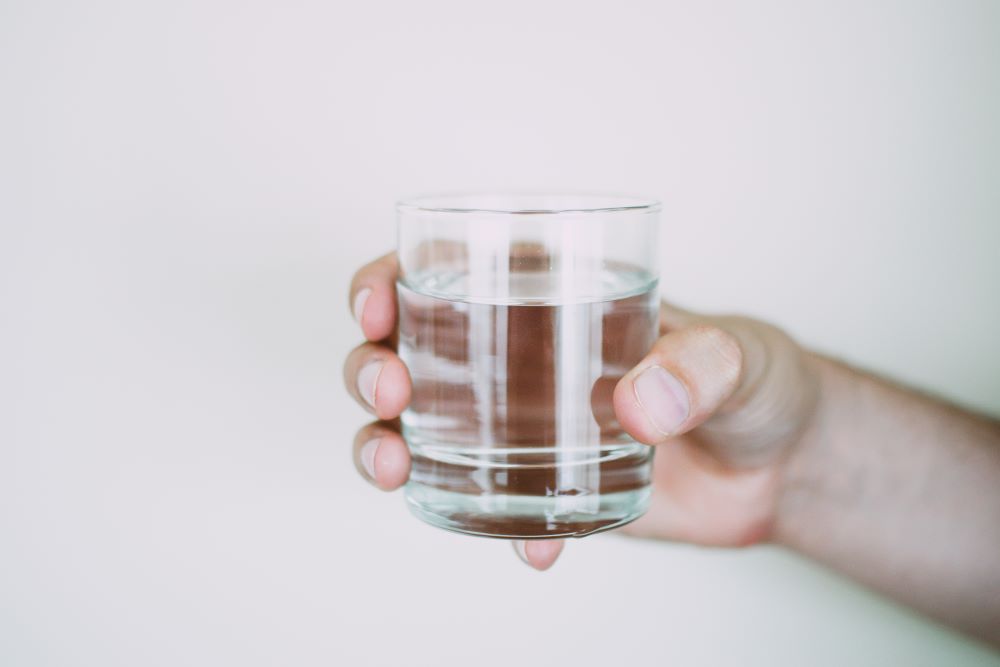Adsorbent powders may be able to collect a large amount of toxins from the water supply.
The problem of toxic microplastics is one of the environmental threats that probably doesn’t get as much attention as it should. Plastic will break down over time, but not completely, and what it leaves behind are tiny little particles known as these plastics. Scientists have found signs of these microplastics all around the globe, even in places that don’t appear to the naked eye to be badly polluted. Finding a way to clean up microplastics has been a goal for many, but it’s extremely challenging simply due to the size of the particles in question.
Recent breakthroughs have made it appear more possible that cleanup could indeed occur. This new technology focuses on the use of an adsorbent that can gather up microplastics in water. While some similar approaches have been taken before, the big news with this technique is that the microplastics collected by this method are up to 1,000 times smaller than what could be collected with previously used products.
While the term absorbent is widely known, adsorbents are more of a scientific term than something that is used by the general public. Simply put, an adsorbent is something that can collect molecules from a liquid or gas by attaching them to the surface of the adsorbent. This is different than absorption, of course, where the molecule is pulled into the absorbing medium.

In this case, the adsorbent is a powder that can be added to a volume of water. It will then quickly attract toxic microplastics and other pollutants to it. Some of the similar techniques that have been developed can take days to do their work, but this new strategy requires only around an hour to get the job done. That speed makes it far more practical and potentially more useful in the real world than some other techniques.
As mentioned, the speed with which this technique works is a great starting point for it becoming a useful treatment that can clean up contamination and improve water quality in many areas. Also, the ingredients required to create the powder used for the technology are sustainable and affordable, meaning there is a good chance it could be scaled up quickly. A natural starting point for this adsorbent is use in wastewater treatment plants where it could be employed to pull large quantities of microplastics out of the water as it passes through the plant prior to the water being refiltered. Given how much water makes its way through such plants at one point or another, consistent use of this method may lead to a gradual cleaning of the overall water supply – which would make water much less hazardous to use and consume.
Developing the ability to clean toxic microplastics from water could mean great things for the environment, and this breakthrough could be a highly useful first step. As with all new scientific developments, there is certainly a long way to go before the technique can be put to wide scale use in the general public to benefit the environment. With any luck, successes will continue to pile up, and microplastics will become a problem that can be tackled efficiently and effectively in the future.


Join the conversation!